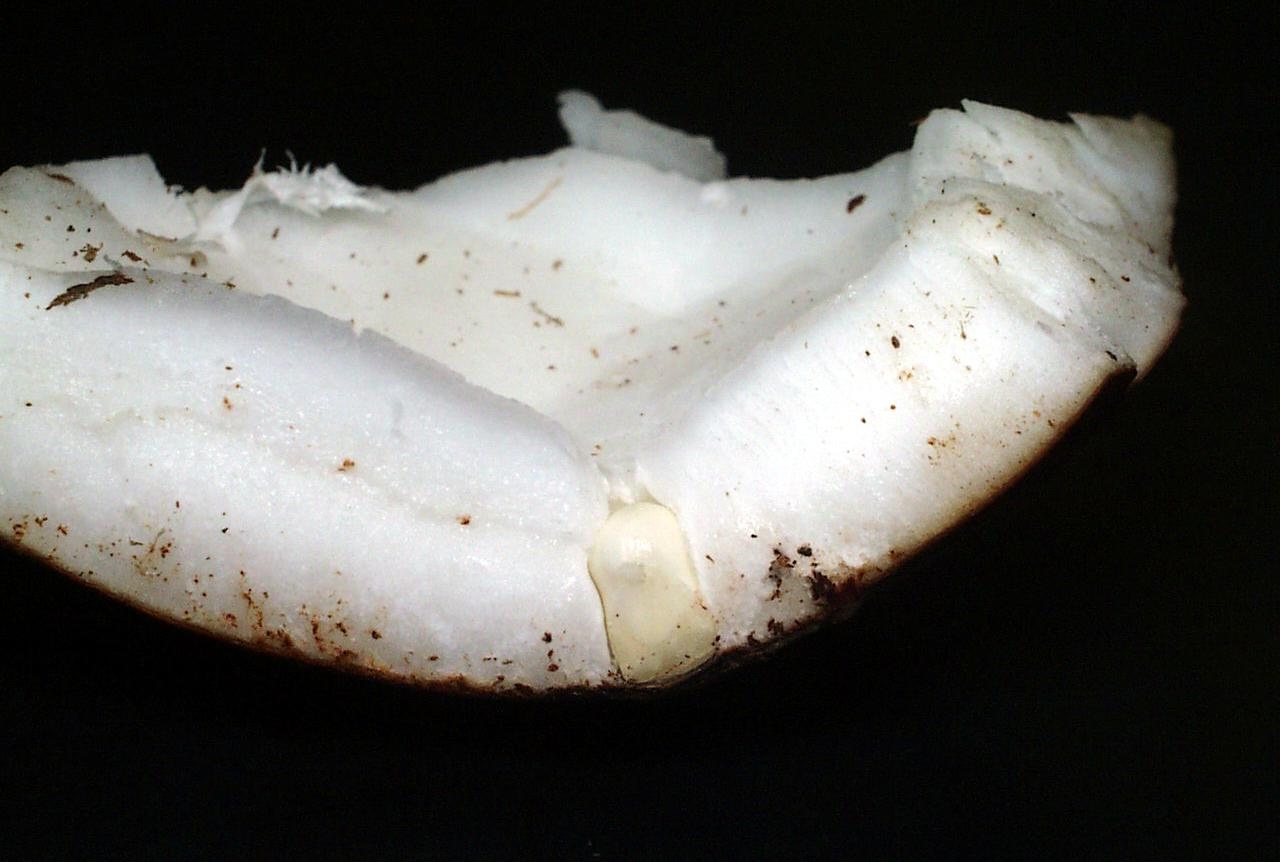
What is endosperm? Endosperm is the tissue produced inside the seeds of most flowering plants. It surrounds and nourishes the embryo, providing essential nutrients for its development. This tissue is crucial for the seed's growth and survival. Found in grains like wheat, rice, and corn, endosperm is a significant source of food for humans and animals. It contains starch, proteins, and oils, making it a vital component in our diet. Understanding endosperm helps us appreciate its role in agriculture and food production. Let's dive into 26 fascinating facts about this remarkable plant tissue!
What is Endosperm?
Endosperm is a tissue found in seeds of flowering plants. It provides nutrition to the developing embryo. This tissue is crucial for seed development and plant reproduction. Let's dive into some fascinating facts about endosperm.
The Role of Endosperm in Seeds
Endosperm plays a vital role in the life cycle of plants. It nourishes the embryo, ensuring it has the energy to grow into a healthy plant. Here are some interesting facts about its role:
- Endosperm is formed during the process of double fertilization in angiosperms.
- It can be either triploid or diploid, depending on the plant species.
- The tissue stores nutrients like starch, proteins, and oils.
- In some seeds, endosperm is completely absorbed by the embryo before germination.
- Coconut water is actually liquid endosperm.
Types of Endosperm
Endosperm can vary greatly among different plant species. There are three main types, each with unique characteristics:
- Nuclear endosperm is formed by free-nuclear division without cell wall formation initially.
- Cellular endosperm involves cell wall formation from the beginning.
- Helobial endosperm is a combination of nuclear and cellular types.
Endosperm in Agriculture
Endosperm is not just important for plants; it also has significant agricultural value. Many crops rely on this tissue for their nutritional content:
- Wheat endosperm is ground to make flour.
- Corn endosperm is used to produce cornmeal and corn syrup.
- Rice endosperm is the primary component of white rice.
- Barley endosperm is essential for brewing beer.
- Sorghum endosperm is used in gluten-free products.
Nutritional Value of Endosperm
Endosperm is packed with nutrients that are beneficial for both plants and humans. Its nutritional profile includes:
- High levels of carbohydrates, mainly in the form of starch.
- Significant amounts of proteins, which are essential for growth.
- Contains oils that provide energy.
- Rich in vitamins and minerals, especially B vitamins.
- Provides dietary fiber, which aids in digestion.
Endosperm in Food Industry
The food industry heavily relies on endosperm for various products. Its versatility makes it a valuable ingredient:
- Cornstarch, derived from corn endosperm, is used as a thickening agent.
- Wheat gluten, found in wheat endosperm, is used in baking.
- Rice bran oil, extracted from rice endosperm, is a popular cooking oil.
- Maltodextrin, made from corn or wheat endosperm, is used as a food additive.
- Semolina, a coarse flour made from durum wheat endosperm, is used in pasta.
Fun Facts About Endosperm
Endosperm has some surprising and fun aspects that you might not know. These facts highlight its unique nature:
- Popcorn pops because of the moisture in the endosperm.
- The endosperm of some plants can be toxic if not processed correctly.
- Some seeds, like those of orchids, lack endosperm entirely.
Endosperm: Nature's Nutrient Powerhouse
Endosperm plays a crucial role in plant development and human nutrition. This tissue, found in seeds, provides essential nutrients for the growing embryo and, ultimately, for us when we consume grains like wheat, rice, and corn. Without endosperm, many of our staple foods wouldn't exist.
Understanding endosperm helps us appreciate the complexity of plant life and the importance of agriculture. From its role in seed germination to its impact on global food supply, endosperm is a key player in sustaining life on Earth.
Next time you enjoy a slice of bread or a bowl of rice, remember the tiny powerhouse that makes it all possible. Endosperm might be small, but its impact is enormous. Keep exploring the wonders of nature, and you'll find there's always more to learn about the world around us.
Was this page helpful?
Our commitment to delivering trustworthy and engaging content is at the heart of what we do. Each fact on our site is contributed by real users like you, bringing a wealth of diverse insights and information. To ensure the highest standards of accuracy and reliability, our dedicated editors meticulously review each submission. This process guarantees that the facts we share are not only fascinating but also credible. Trust in our commitment to quality and authenticity as you explore and learn with us.
